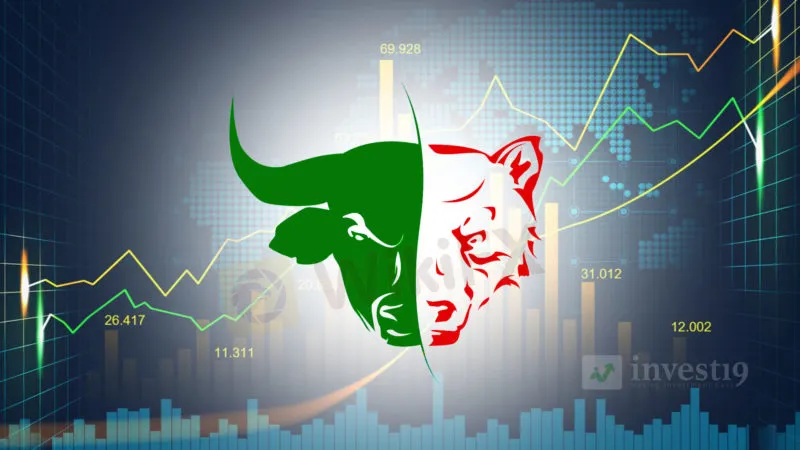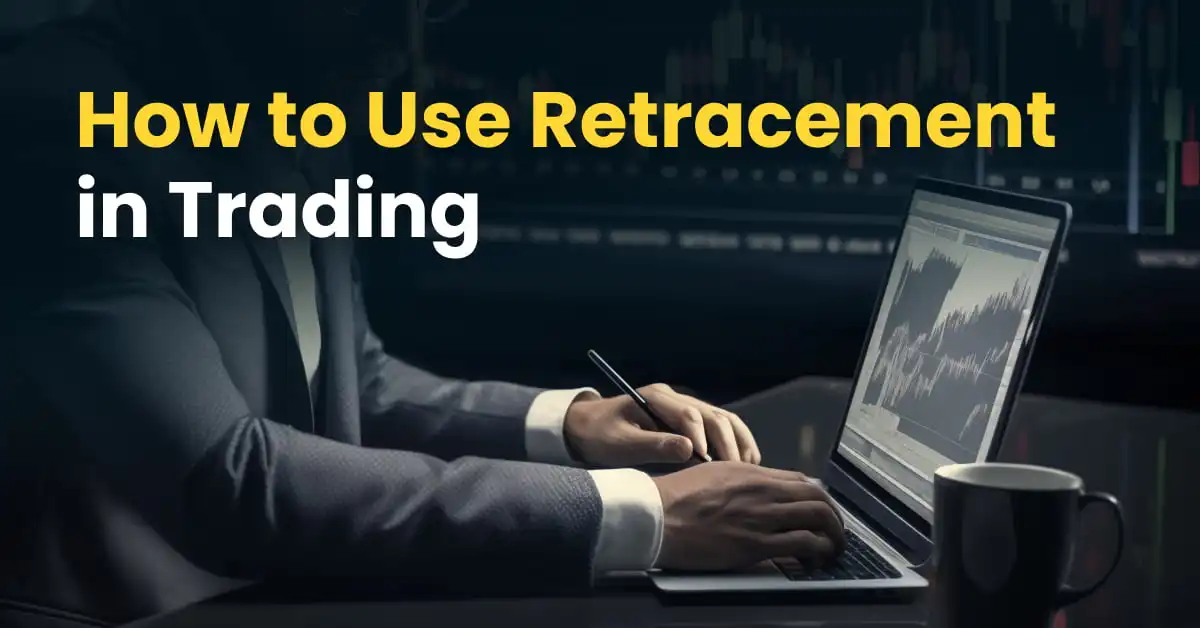简体中文
繁體中文
English
Pусский
日本語
ภาษาไทย
Tiếng Việt
Bahasa Indonesia
Español
हिन्दी
Filippiiniläinen
Français
Deutsch
Português
Türkçe
한국어
العربية
More Approach to Not Fail During Bear Market Pt.2
Abstract:Previously in part one, the article suggested two approaches to survive during bear markets. Those were dollar cost averaging and calibrated risk.

This article continues the second and the third part of the tricks to deal during the bear market. The third is diversifying but without disengaging. Here is the reason why.
During bear markets, the growth of stocks is extremely high than the stocks value. As a result, the lower-risk stocks generate long-term returns which are the same to those riskier ones. Some diversification into value or when portfolios fall in speculative stocks due to the bear market still is still able to pay dividends. Plus, it could act longer after the bear markets cool off. In a diversified portfolio cash has a significant role. Although it does not create more yield, the cash reserves buying power that could help create opportunities during bear markets.
However, it is not suggested to place more of your retirement account into cash during bear markets. This is because you will encounter difficult uncertainties like when and where you should redeploy it. Finally, you could also face diminished long-term returns. Planning market timing is indeed hard. Meanwhile, trying your luck in the market seems to put you in a poor condition.
Finally, the last trick is you should hedge and speculate with options. Based on the data only a few traders could finally make money. Meanwhile, the vast majority of retail investors face a lot that economists believe that they just do it for gambling. In this case, you could put options. In other words, it could be putting spreads. This is for those buying after the bear market. The function of it could lead to the use of a hedge long position.

Disclaimer:
The views in this article only represent the author's personal views, and do not constitute investment advice on this platform. This platform does not guarantee the accuracy, completeness and timeliness of the information in the article, and will not be liable for any loss caused by the use of or reliance on the information in the article.
Read more

How to Use Retracement in Trading
Understanding retracement is essential for strategic trading. In today’s article, we will focus on the retracement is a temporary, short-lived pullback in the price of a financial instrument, like a stock or an index, that occurs within a larger, established trend. Think of it as a brief pause or a correction before the market continues its original movement. Unlike a trend reversal, which signals a fundamental shift in direction, a retracement represents a temporary deviation that doesn't jeopardize the long-term trend.

What Is Indices in Forex? A Beginner’s Guide to Trading Forex Indices
Understand what indices in forex are, how DXY works, key differences vs pairs, pros/cons, and where to trade CFDs—beginner-friendly, expert-backed guide.

Malaysian Finfluencers Could Face RM10 Million Fine or 10 Years in Prison!
A new regulatory measure by the Securities Commission Malaysia (SC) is set to change the country’s online trading and financial influencer landscape. Starting 1 November 2025, any trader or influencer caught promoting an unlicensed broker could face a fine of up to RM10 million, a prison sentence of up to 10 years, or both.

Juno Markets: A Closer Look at Its Licenses
When selecting a broker, understanding its regulatory standing is an important part of assessing overall reliability. For traders seeking to protect their capital, ensuring that a platform operates under recognised and stringent oversight can make all the difference. Keep reading to learn more about Juno Markets and its licenses.
WikiFX Broker
Latest News
Scam Alert: Know the Risky Side of InstaForex in India
Going to Invest in FXCL? Move Back to Avoid Scams & Losses
What Is Forex Trading Fee? A Beginner’s Guide
Understanding UAE’s Financial Market Regulation: SCA and DFSA
What Is Indices in Forex? A Beginner’s Guide to Trading Forex Indices
FBI Issues Urgent Warning on Crypto Recovery Scams
Robinhood Moves Toward MENA Expansion with Dubai DFSA License Application
How to Use Retracement in Trading
CySEC warns the public against 17 investment websites
IBKR Lite Singapore Debuts with Zero-Commission US Stock Trading
Currency Calculator


